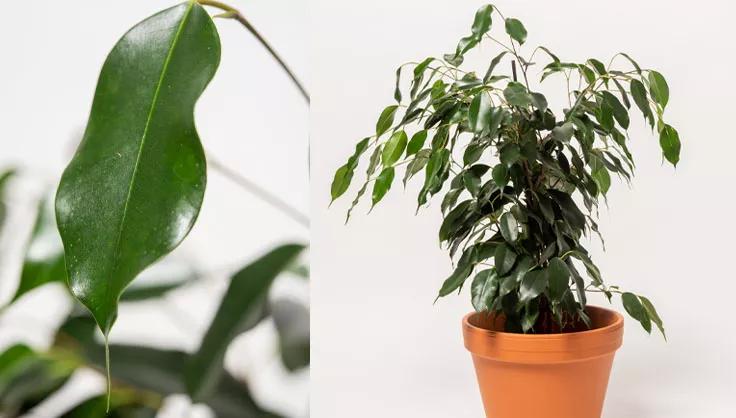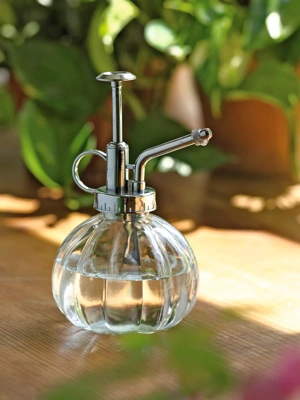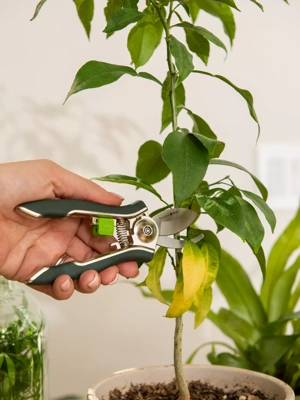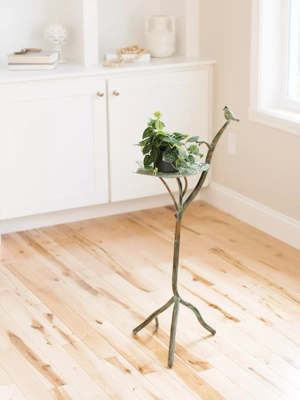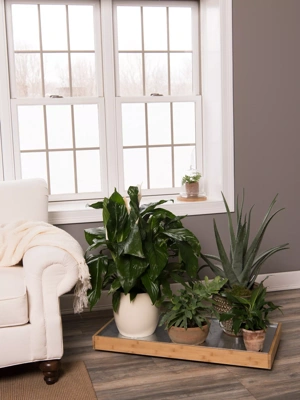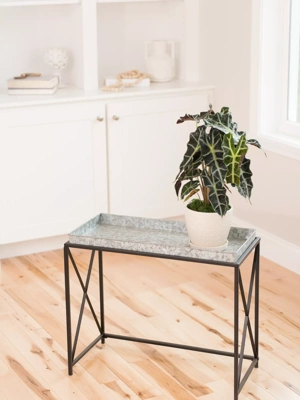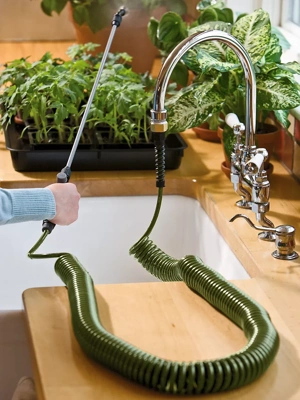How to Grow & Care For Weeping Figs
Native to Asia and northern Australia, the weeping fig tree (Ficus benjamina) has established itself as a beloved houseplant around the globe. In tropical regions, this type of Ficus also finds utility as an outdoor ornamental shrub; however, its invasive tendencies in these areas present challenges. One of the plant's most striking features is its glossy green foliage, which remains vibrant year-round. Weeping figs are characterized by their drooping, overhanging branches, and their smooth, light grey bark elegantly complements its dark foliage.
Types of Weeping Fig To Try
The classic Ficus benjamina is a great start. For those looking for something different, try:
Ficus benjamina 'Starlight': a striking cultivar featuring mostly ivory leaves green marbled edges
Ficus benjamina 'Golden King': a variegated type with green and creamy yellow markings
Ficus benjamina 'Too Little': a compact variety popular for bonsai
Best Conditions For Weeping Figs
Light
Weeping figs enjoy bright, indirect light. They can tolerate some direct morning sun but avoid harsh afternoon sun, which can scorch their leaves. Once settled in to their environment, sudden changes in the amount of light (brighter or darker) can stress the sensitive weeping fig — these plants prefer consistency!
Soil
A well-drained, nutrient-rich potting mix works best for weepings figs. You can add perlite or sand to regular houseplant soil to improve drainage.
Humidity
As a tropical plant, weeping figs prefer warm, humid conditions — however, provided the room is at least 65 degrees F, they will tolerate standard humidity.
How To Care For Weeping Figs
Watering
Water when the top inch of soil feels dry. These plants like consistency, so avoid letting the soil become completely dry or overly soggy.
Fertilizing
Feed your weeping fig with a balanced, water-soluble fertilizer every month during the growing season (spring and summer). Reduce feeding in fall and winter.
Pruning
Pruning can help maintain a desired shape and size — weeping figs can get long and leggy, so periodic trimming will help the plant appear lush and full. Pruning should occur in late winter or early spring, before the plant starts actively growing again.
Repotting
Repot every 2-3 years, or when you notice the roots becoming crowded. Repotting can stress the weeping fig, so try to limit this activity to only when absolutely necessary. Choose a pot that’s slightly larger than the current one with good drainage.
Propagation
Propagation can be done through stem cuttings. Plant a healthy cutting in moist soil, and with patience, it will root and grow into a new weeping fig.
Common Problems with Weeping Fig
Pests and Diseases
While a resilient species, weeping figs can encounter a few challenges: look out for pests like spider mites, mealybugs, and scale insects. Regularly check the leaves and treat any infestations promptly.
Toxicity
Weeping figs are a type of Ficus, and therefore contain a latex-based sap — they are not safe for pets, and people should handle them with caution.
Weeping Fig FAQs
Q: Why is my weeping fig dropping leaves?
A: Weeping figs are a little sensitive — they will drop leaves in response to any number of stressors, including a sudden change in temperature, light, or water, or being repotted. Give your plant time to settle in to its new environment; new leaves will form once the plant has stabilized.
Q: Can weeping figs be grown in low light?
A: These plants can tolerate low light, although prolonged low light conditions may lead to slower growth and fewer leaves.
Q: I have a latex allergy — are there other houseplants that resemble a weeping fig?
A: Not sure if the weeping fig is for you? Try a money tree or umbrella tree — both have glossy green leaves but lacks the latex sap that weeping figs (and other Ficuses) contain.
This mini tropical tree takes a little work up front to dial in its preferred temperature and light levels. Once you’ve found the perfect position, you’ll have a happy weeping fig for years to come.
Last updated: 05/09/2024
Print this Article:
Related items
Get the Dirt
Stay up to date on new articles and advice. Please fill out the information below.

